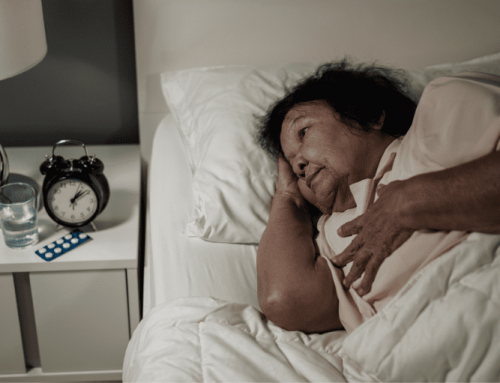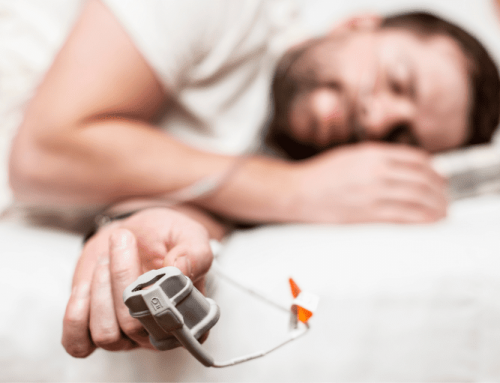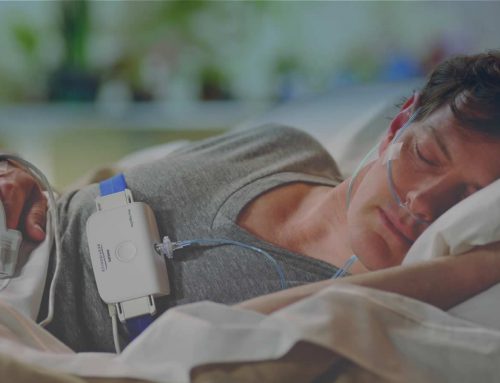Health Conditions Which Oxygen Therapy Coverage Applies
Oxygen is one of the most abundant elements on earth and is essential for human life. All that we have to do is inhale, and oxygen flows into the lungs, where it diffuses into the bloodstream and is distributed throughout the body. Naturally, we never have to worry about oxygen levels in the body. But if there is a disturbance in breathing or circulation, it can cause the blood’s oxygen levels to fall below normal. When this occurs, it can lead to shortness of breath, coughing, wheezing, and rapid heart rate. Certain illnesses, whether acute or chronic, or environmental factors can irritate the respiratory system and affect the ability to breathe. Supplemental oxygen can be administered by oxygen therapy to return blood oxygen levels to normal so the body can continue to operate. Oxygen therapy is a treatment that provides supplemental oxygen either through a tube resting in the nose, a face mask that covers the nose and mouth, or a breathing tube placed in the airway.
There are certain health conditions, whether acute, unexpected, or chronic, long developing, that require oxygen therapy. Acute conditions in which blood oxygen levels are affected include asthma attack, pneumonia, bronchitis, and trauma to the respiratory system. These conditions can occur suddenly and turn severe very quickly. Oxygen use for these conditions is typically short-term and, once resolved, is no longer necessary. On the other hand, chronic or long-term illnesses may require long-term oxygen therapy. Some examples of these conditions include chronic obstructive pulmonary disease, heart failure, cystic fibrosis, and sleep apnea.
Oxygen therapy is most commonly delivered in a gas form, stored in a portable tank, flows through a nasal cannula or mask, and can be offered in a hospital, house setting, or outside the home via a portable tank. Another way it can be administered is through liquid oxygen therapy. Liquid oxygen can be stored in portable containers and is highly concentrated. This is beneficial for individuals who live an active lifestyle outside the home and need something small and light to carry while providing continuous oxygen flow. On the other hand, if someone requires a less portable option, an oxygen concentrator can be used. This device takes the oxygen in the air and concentrates it for therapeutic use. These devices are less expensive and do not require refills like other types of therapy. In cases where there is trauma, serious infections, carbon monoxide poisoning, or air bubbles in the blood vessels, hyperbaric chambers can be used. A hyperbaric chamber is a pressurized room that contains pure oxygen. This treatment is unlike any other methods. The patient lies on a table, and the chamber’s pressure is increased slowly to three to four times the normal air pressure. The patient breathes normally to increase the amount of oxygen in the blood and quickly improve delivery to the tissues. Treatment can last three minutes to two hours until oxygen levels return to normal.
Oxygen therapy requires a prescription from a physician for the particular equipment as well as supplies needed. Proper documentation and proof of disease is required for medical approval as Medicare will ask for medical records before approving any claim. Medicare will help with the cost of equipment, contents, and supplies for the delivery of oxygen for the majority of these treatments as long as specific conditions are met. These conditions are:
- Diagnosis of severe lung disease, COPD, or proof that you are not receiving enough oxygen.
- Oxygen therapy can improve overall health.
- Arterial blood gas levels of 55 mmHg or lower or SpO2 reading of 88% or lower either during the day or while asleep.
- Alternative measures have been ineffective.
Medicare will cover liquid oxygen therapy and compressed oxygen gas; however, it will not cover an oxygen concentrator. However, a DME provider can rent out this equipment for 36 months and continue providing therapy 24 months after the 36-month mark has lapsed. With Medicare Part B, you can expect to pay 20% of the approved amount. Medicare also allows coverage for hyperbaric chamber therapy if the individual has been diagnosed with a gas bubble in the blood vessels, carbon monoxide poisoning, or severe peripheral arterial insufficiency.
Several therapy options for individuals suffering from sleep apnea or COPD have been approved for at-home oxygen use. Proper diagnosis through an overnight oximetry test or home sleep test is required for approval. These tests also help providers determine the best treatment with either a CPAP, oxygen therapy, or a combination of both.
People who receive oxygen therapy for their condition see improved energy levels, sleep, and quality of life. Learning all you can about oxygen therapy can help you feel more comfortable and confident in proceeding with treatment. Even those suffering from chronic conditions can learn to manage their illness to feel better without limiting daily activities.







